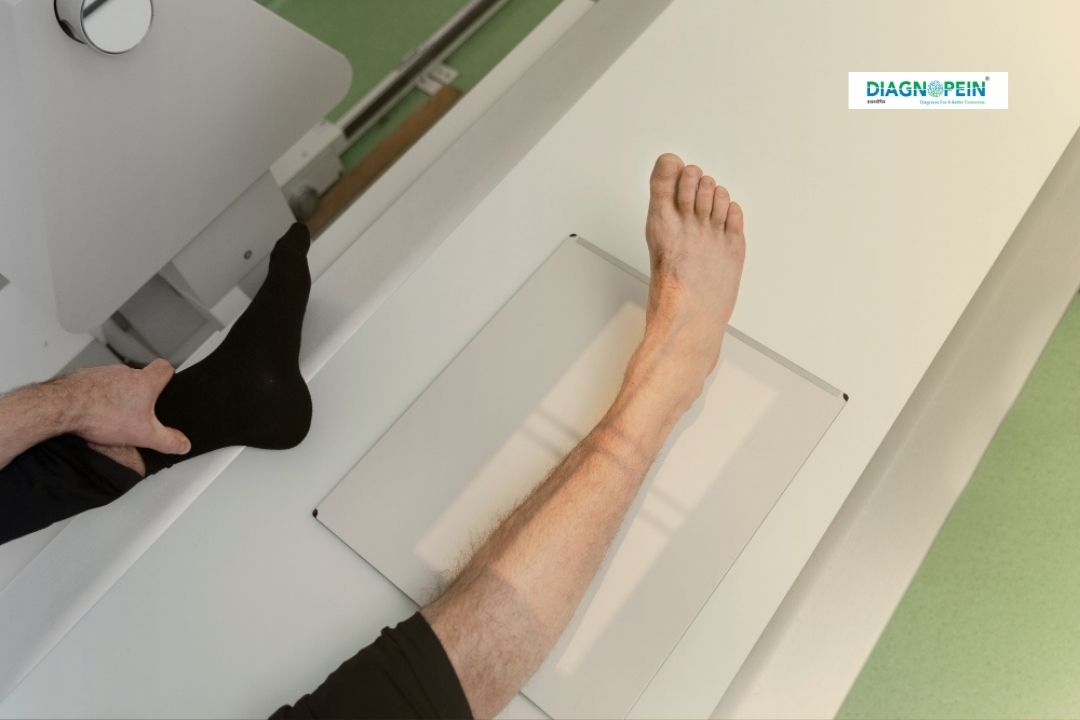Why You May Need X-Ray Left Heel Lateral View
Your doctor may recommend an X-Ray Left Heel Lateral View if you experience persistent pain, swelling, or trauma in your heel. This type of imaging helps pinpoint the exact cause of discomfort and ensures that no hidden fractures or bone disorders are missed.
Common Reasons for Testing:
-
Sudden injury or accident leading to heel pain
-
Persistent inflammation or stiffness around the heel
-
Difficulty walking or supporting body weight
-
Bone-related diseases or abnormalities
At Diagnopein, karad, our radiology experts provide accurate imaging services that support excellent orthopedic and foot care decisions.
Importance and Benefits of X-Ray Left Heel LAT
Getting an X-Ray Left Heel Lateral View at the right time is essential for effective diagnosis and timely treatment. The test plays a pivotal role in understanding the internal structure of the heel and tracking bone healing progress.
Key Benefits:
-
Helps detect small or hidden fractures quickly
-
Evaluates bone alignment and condition post-injury
-
Guides doctors before surgery or cast application
-
Monitors healing after orthopedic treatments
-
Ensures early detection of degenerative bone changes
Our facility in karad ensures safe, fast, and reliable imaging with comfortable positioning for patients of all ages.
4. How the X-Ray Left Heel LAT Test is Done
The X-Ray Left Heel LAT procedure at Diagnopein is quick, painless, and non-invasive. It typically takes only 5–10 minutes to complete.
Step-by-Step Process:
-
You will be asked to remove footwear and any metal objects near the foot.
-
The technician positions your left heel carefully on the X-ray plate.
-
You must hold still while the lateral (side) image is captured.
-
The X-ray beam passes through the heel, producing detailed internal images.
-
Images are reviewed by a radiologist and shared with your doctor promptly.
Our technicians in karad prioritize patient comfort while maintaining accurate imaging results.
5. Parameters and Report Details
The X-Ray Left Heel Lateral View report primarily assesses the following parameters:
-
Bone density and alignment
-
Presence of fractures or dislocations
-
Joint spacing and cartilage changes
-
Bone growths such as spurs
-
Signs of infection, soft tissue swelling, or deformities
These details allow your doctor to interpret the structural integrity of your heel and recommend personalized treatment.
Visit Diagnopein in Karad for Accurate Heel Imaging
At Diagnopein, karad, we provide precise, affordable, and digitally advanced X-Ray Left Heel LAT services. Our modern diagnostic center ensures that every test is performed with utmost care and accuracy. Book your appointment today to get reliable results and expert guidance for your heel problem.








